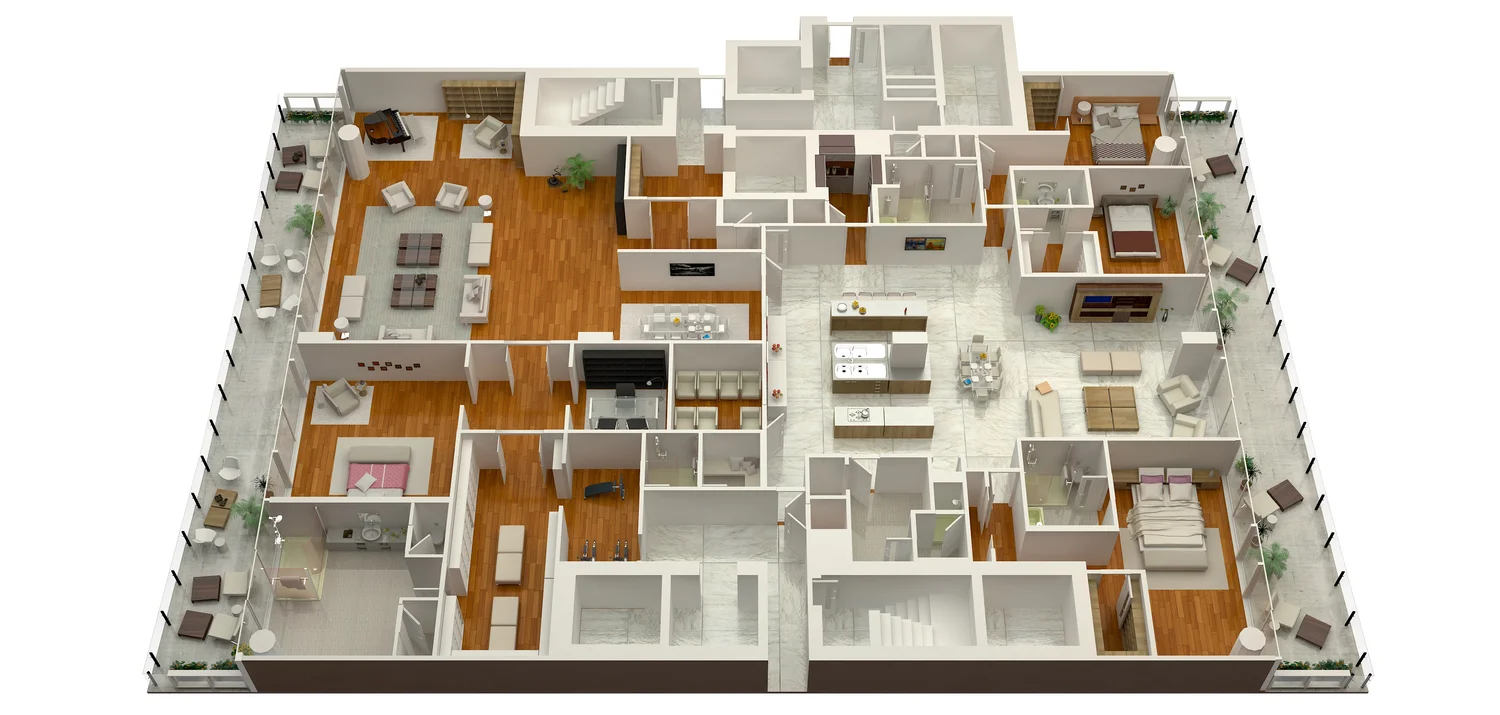3D rendering is a process of creating three-dimensional images from two-dimensional data. This process can be used for various purposes, such as creating 3D models of buildings or products, or for creating images for architectural or product designs. There are many benefits of 3D rendering, including the ability to create realistic images, the ability to create images from multiple viewpoints, and the ability to create images with different lighting conditions. Additionally, 3D rendering can be used to create animations or video simulations.
What is 3d rendering?
3D rendering is the process of creating a three-dimensional image from a three-dimensional model. This can be done with a variety of software programs, but the end result is always a still image or animation. 3D rendering is used in a variety of fields, including architecture, interior design, product design, and advertising.
The benefits of 3D rendering are many. Perhaps the most obvious benefit is that it allows you to see what a space or object will look like before it is built or created. This can save a lot of time and money in the long run, as changes can be made to the design before anything is actually built. Additionally, 3D rendering can help you to create realistic images and animations that can be used for marketing purposes or simply to get a better idea of how something will look in real life.

The benefits of 3d rendering
There are many benefits to 3D rendering, including the ability to create realistic images, improve communication between designers and clients, and save time and money.
Realistic Images:
3D rendering allows designers to create highly realistic images of their products or designs. This can be extremely helpful in communicating their ideas to clients or investors, as it gives them a better sense of what the final product will look like. Additionally, it can help identify potential problems with a design before it is even built, saving time and money in the long run.
Improved Communication:
Because 3D rendering creates such realistic images, it can greatly improve communication between designers and their clients. Clients can provide feedback on a design much more easily when they can see it in three dimensions, and designers can make changes quickly and easily based on that feedback. This improved communication can save a lot of time and frustration on both sides.

Time and Cost Savings:
Finally, 3D rendering can save both time and money in the design process. By identifying potential problems with a design early on, expensive mistakes can be avoided down the line. Additionally, because renders can be created relatively quickly, designers can experiment with different ideas without incurring large costs.
What are the different types of 3d rendering?
There are three main types of 3D rendering:
- Real-time rendering: This type of rendering is used in video games and other applications where the images need to be generated in real-time. The advantage of this approach is that it can produce very realistic images.
- Offline rendering: This type of rendering is used when the final image doesn’t need to be generated in real-time. This approach is often used for movies and other similar applications where the quality of the final image is more important than the speed at which it can be generated.
- Hybrid rendering: This type of rendering combines elements from both real-time and offline rendering to achieve the best results. This approach is often used for high-end graphics applications where both quality and speed are important factors.
How to choose the right 3d rendering software?
3D rendering software can be a great way to create realistic images of your products, but it can be tricky to know which software is right for you. Here are a few tips to help you choose the right 3D rendering software:
- Consider your needs. What are you looking to use the software for? If you need something that can create high-quality images quickly, then you’ll want to look for software that is easy to use and has robust rendering capabilities.
- Compare features. Once you know what you need, take a look at different software programs and compare their features. Some things you might want to consider include the quality of the rendered images, the speed of the program, and its price.
- Read reviews. Once you’ve narrowed down your choices, read online reviews of the different software programs to see what other users think about them. This can be a great way to get an unbiased opinion about which program is right for you.
- Try it out yourself. The best way to know if a particular program is right for you is to try it out yourself! Most software programs offer free trials, so take advantage of this and test out each one until you find the perfect fit.
Conclusion
Overall, 3D rendering provides a number of benefits that can be extremely helpful for businesses and individuals alike. By allowing you to visualize objects and environments before they are created, 3D rendering can save you time and money while also providing you with a higher level of accuracy. In addition, 3D rendering can help you create better designs, improve communication, and even market your products or services more effectively. If you’re not already using 3D rendering in your business or personal life, now is the time to start taking advantage of all it has to offer.






